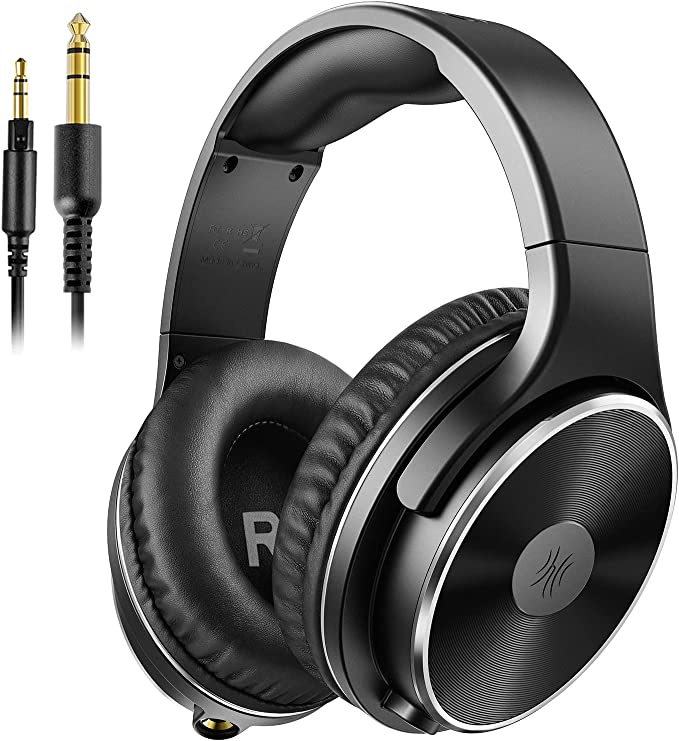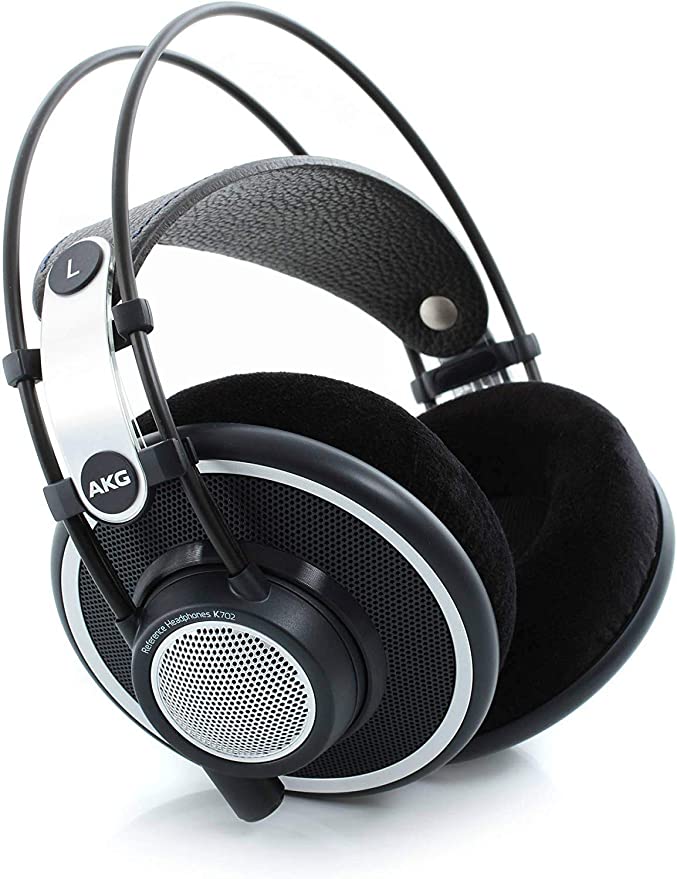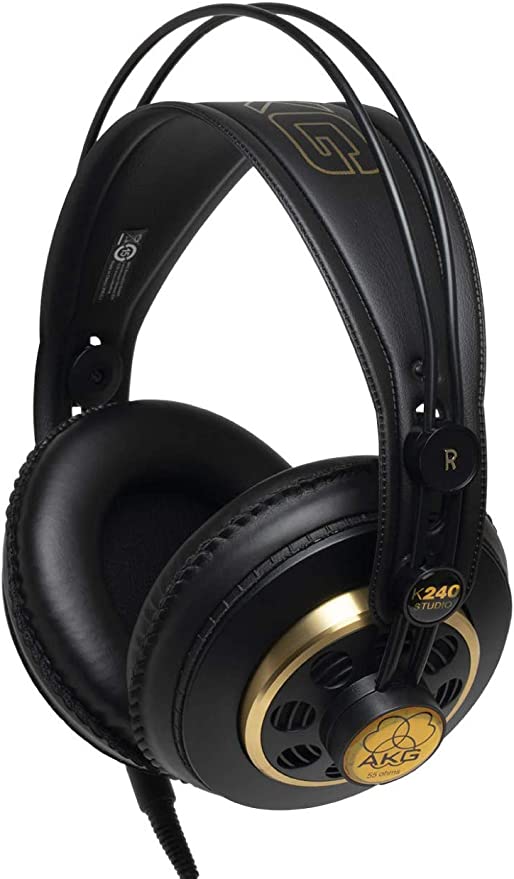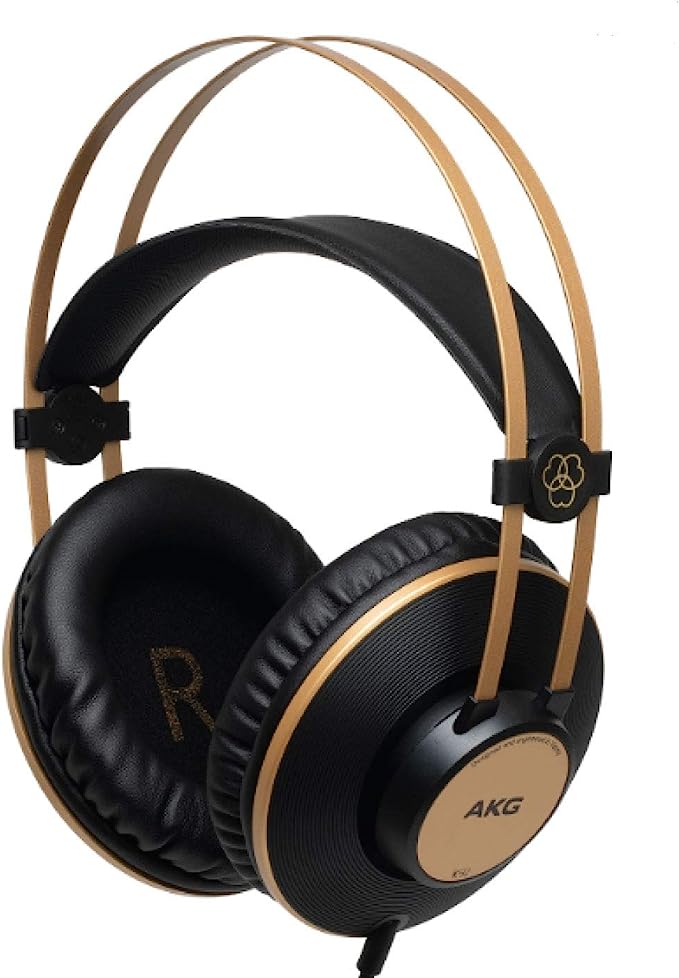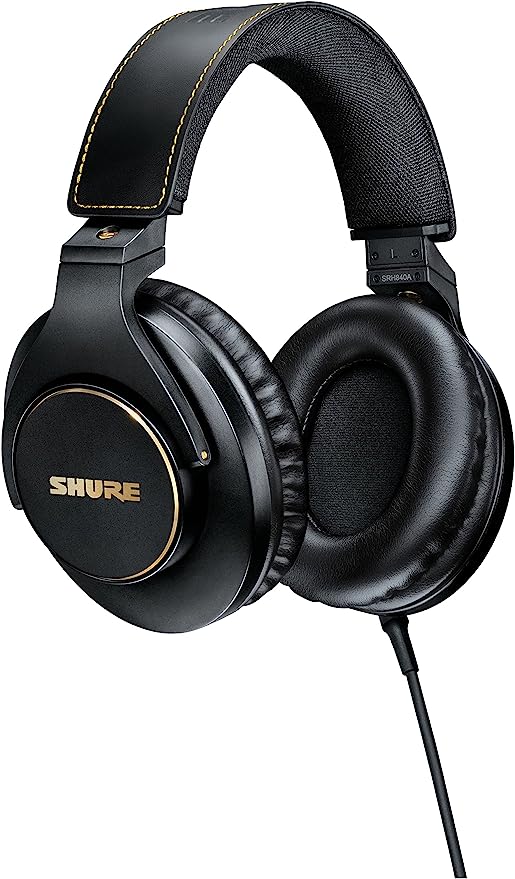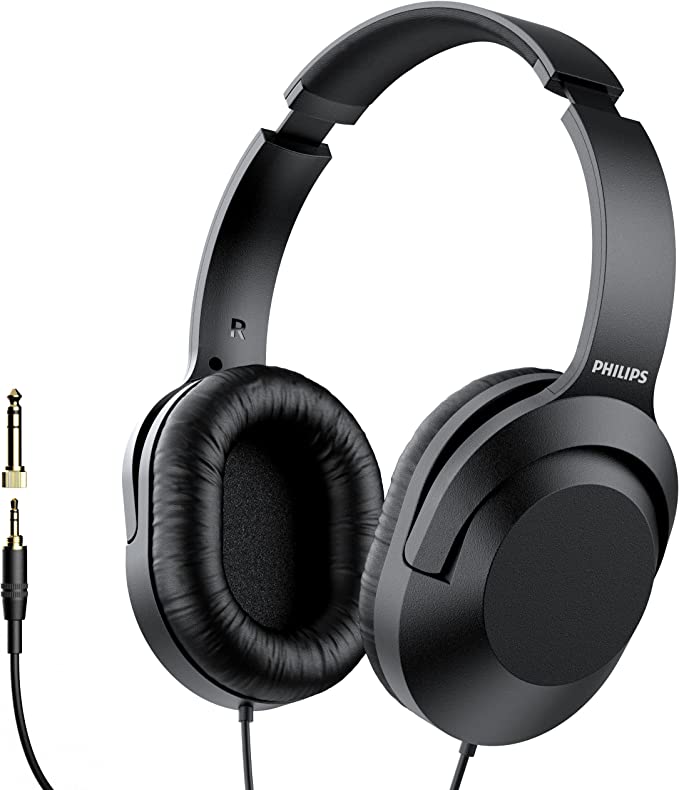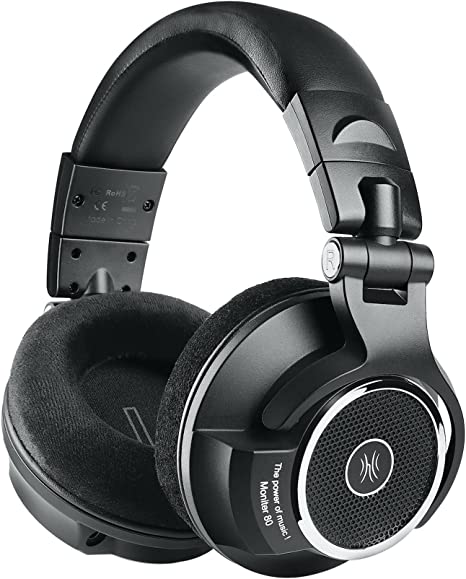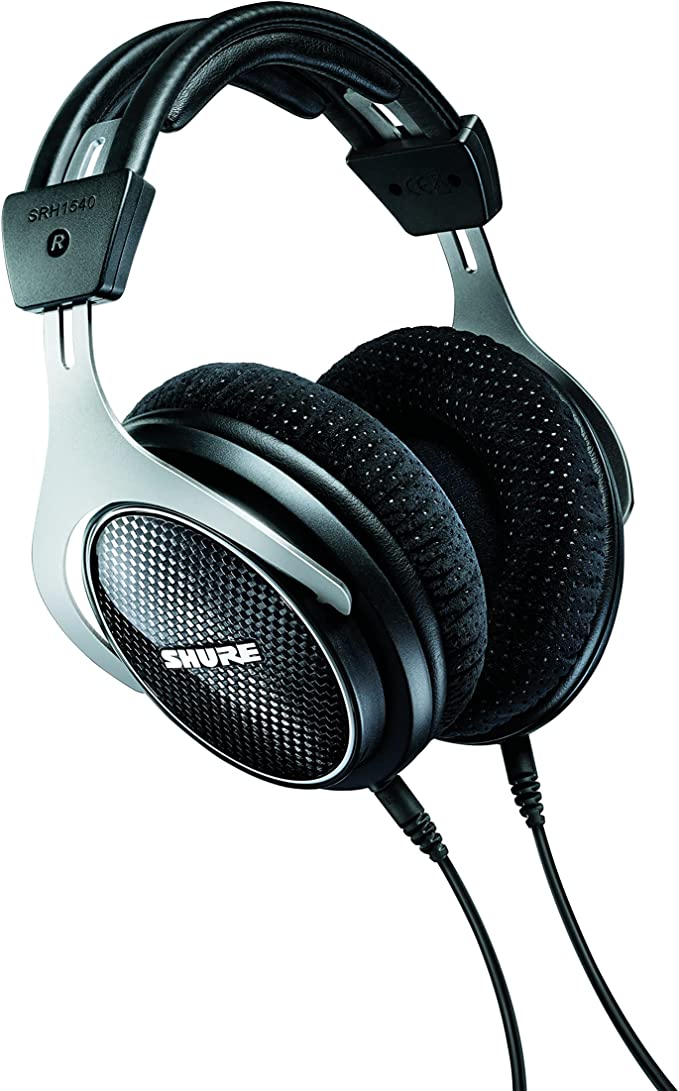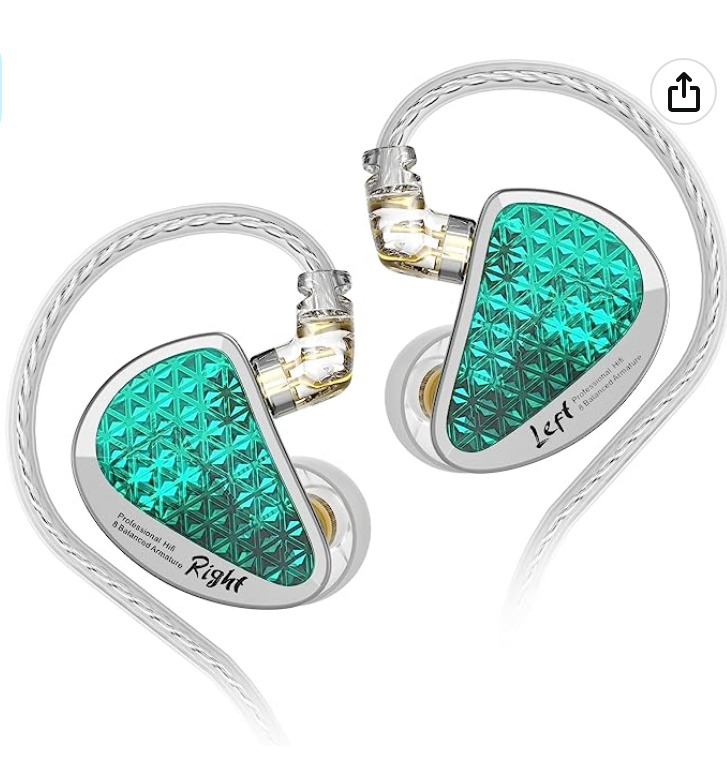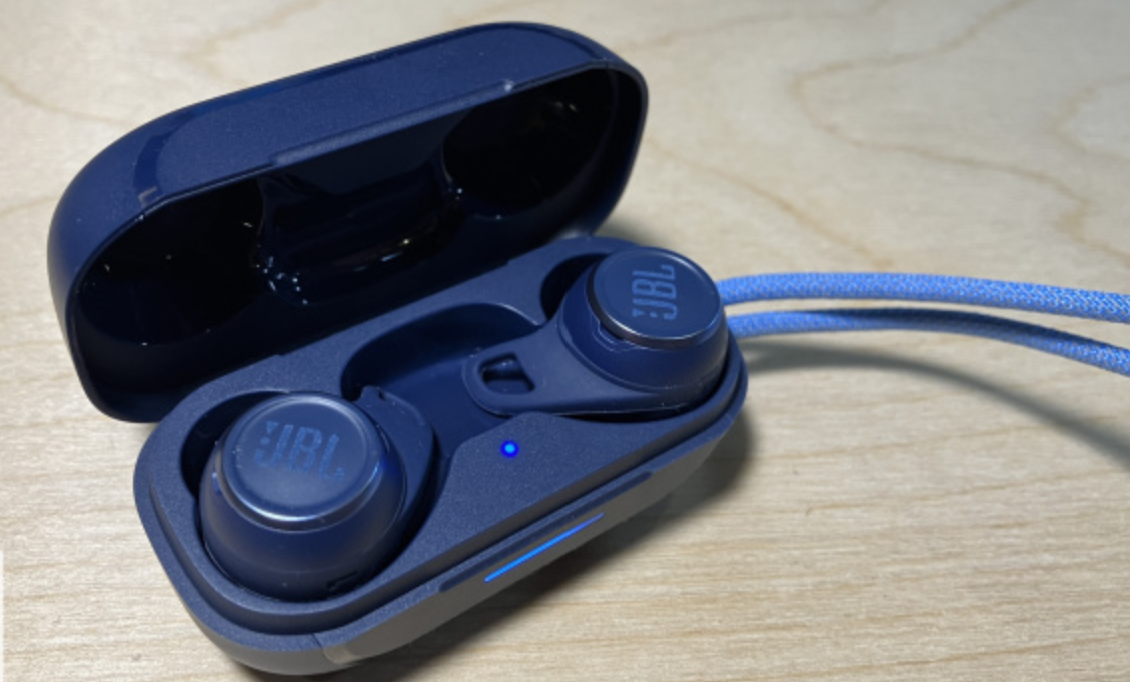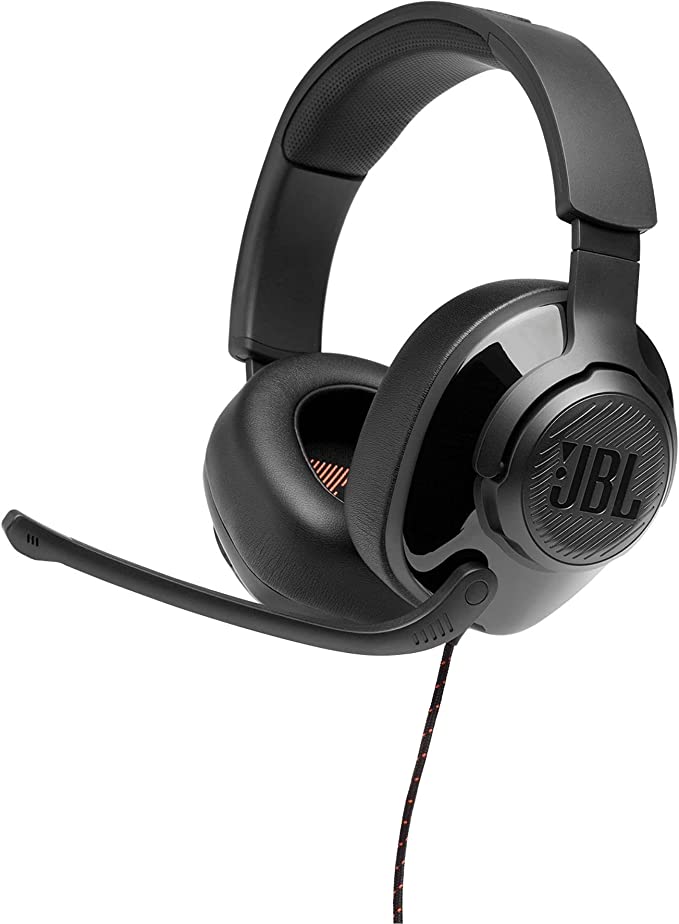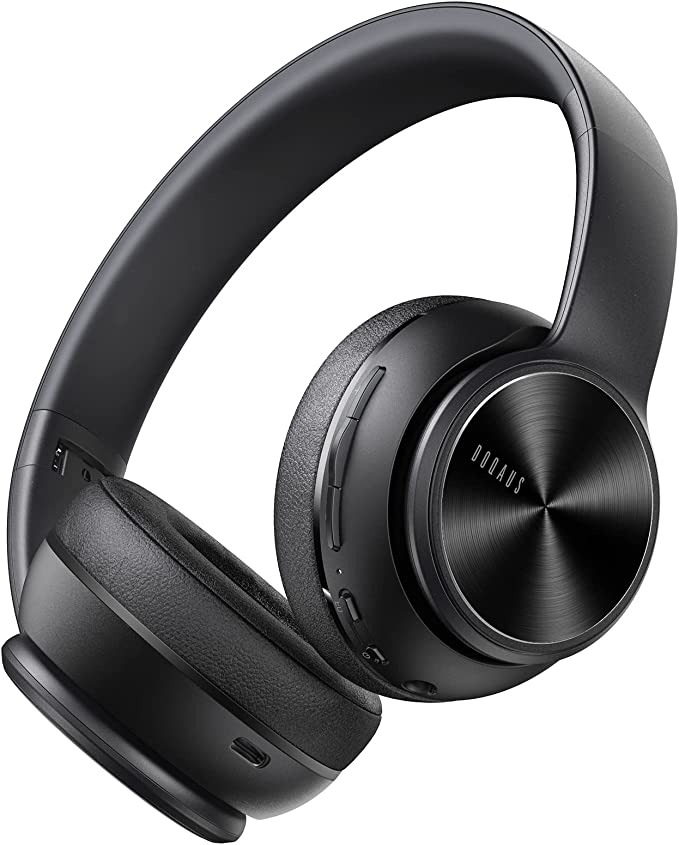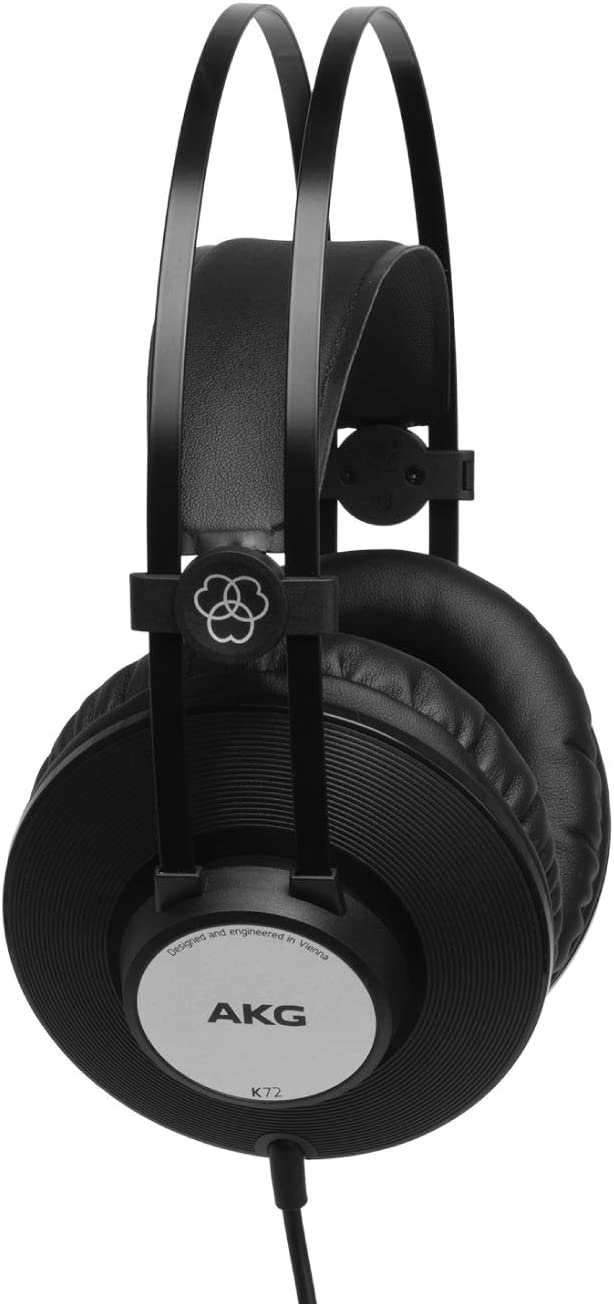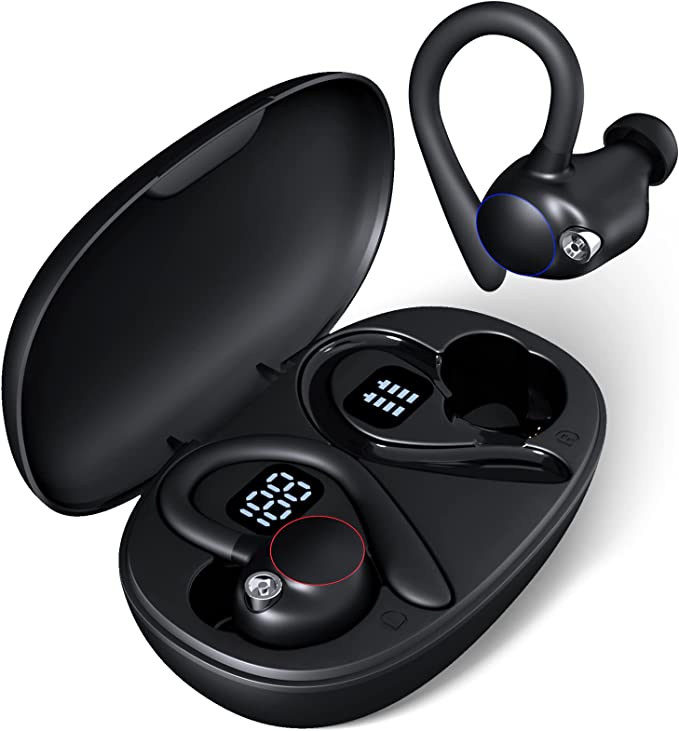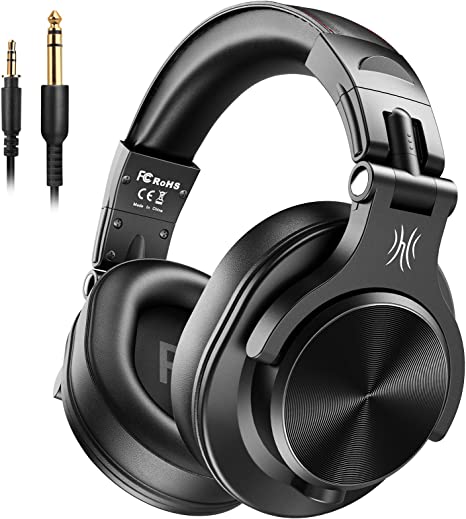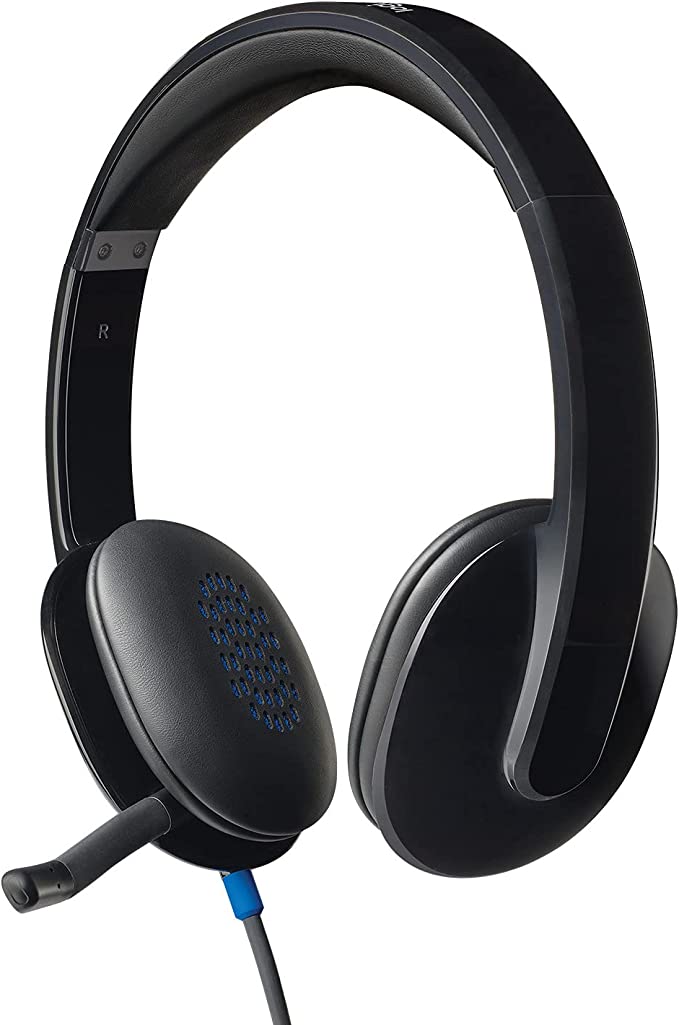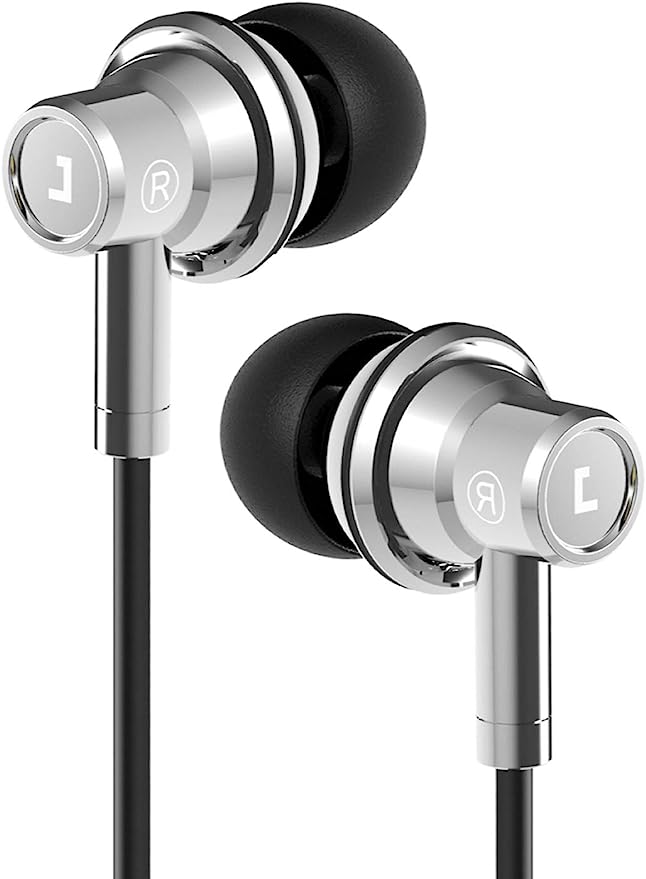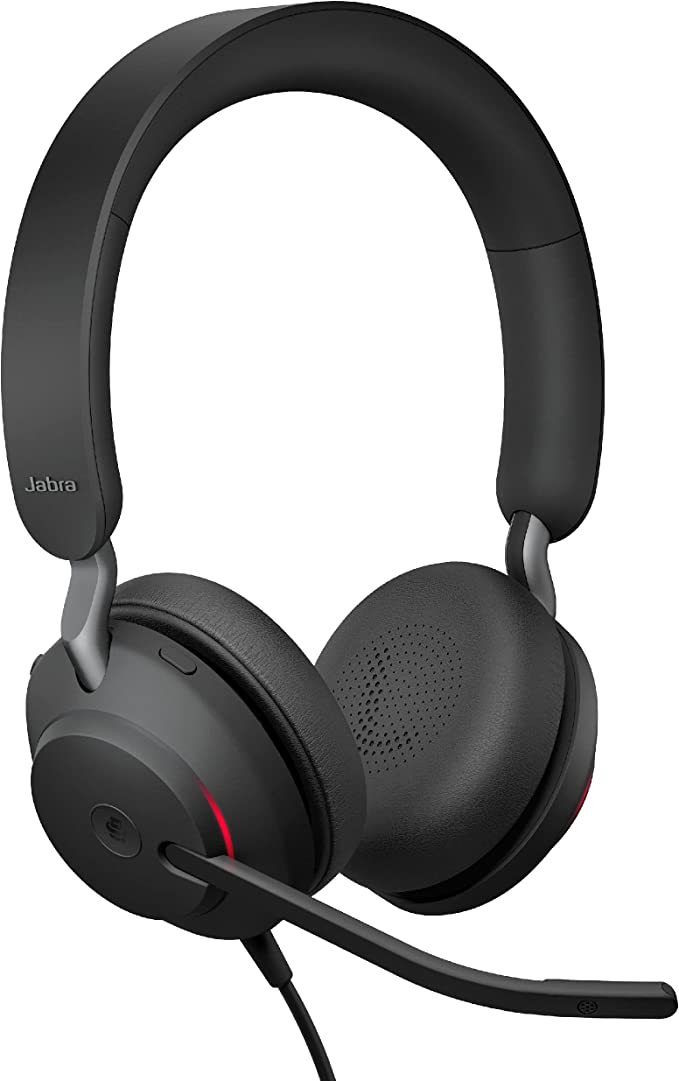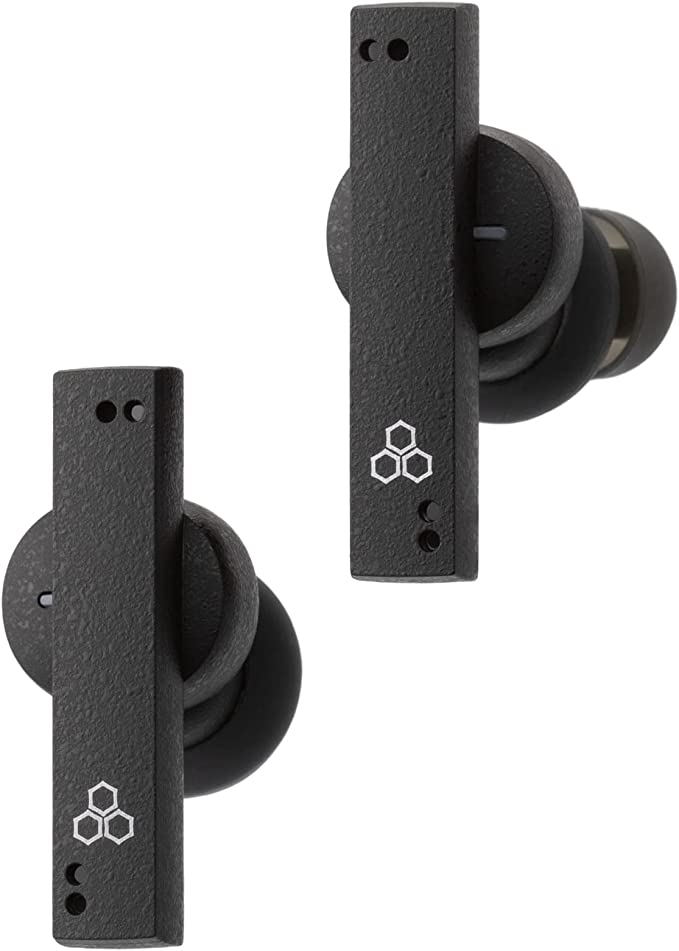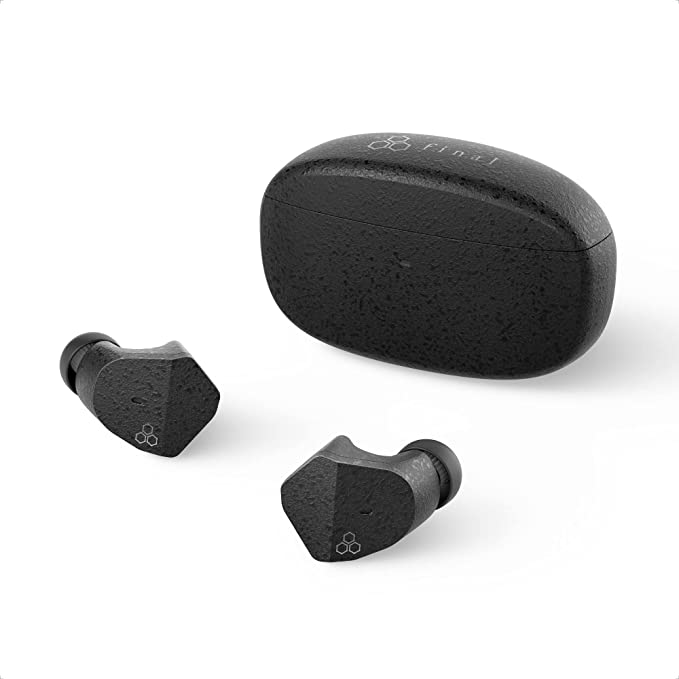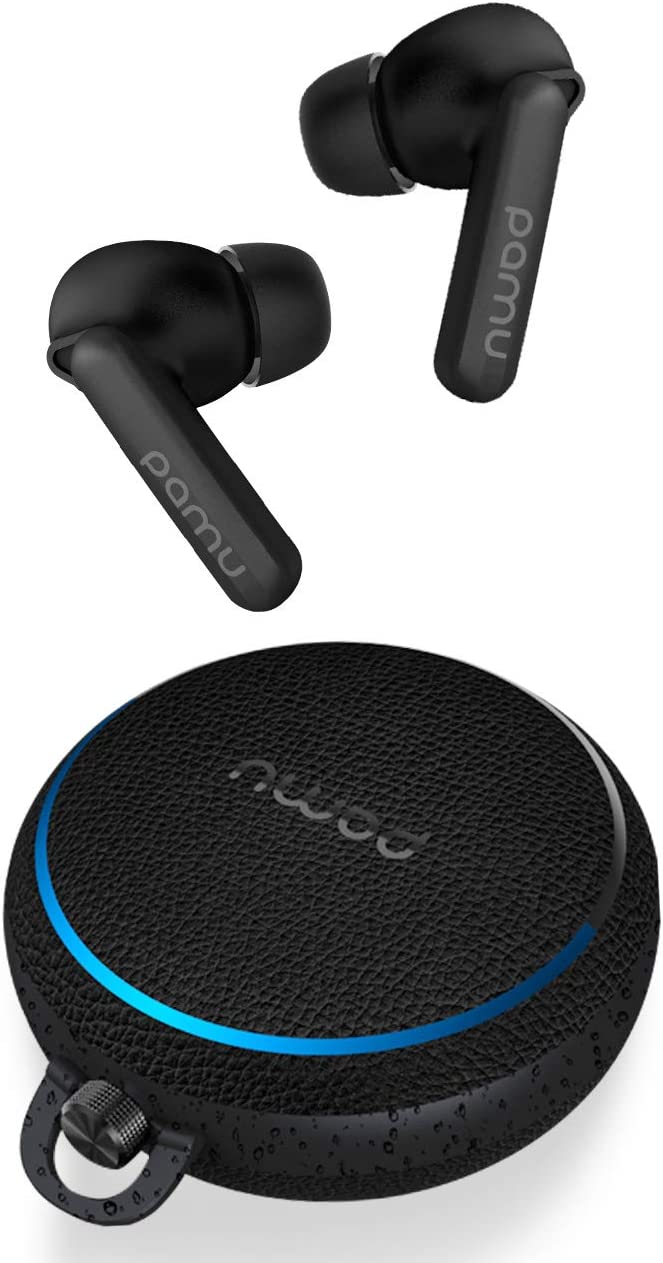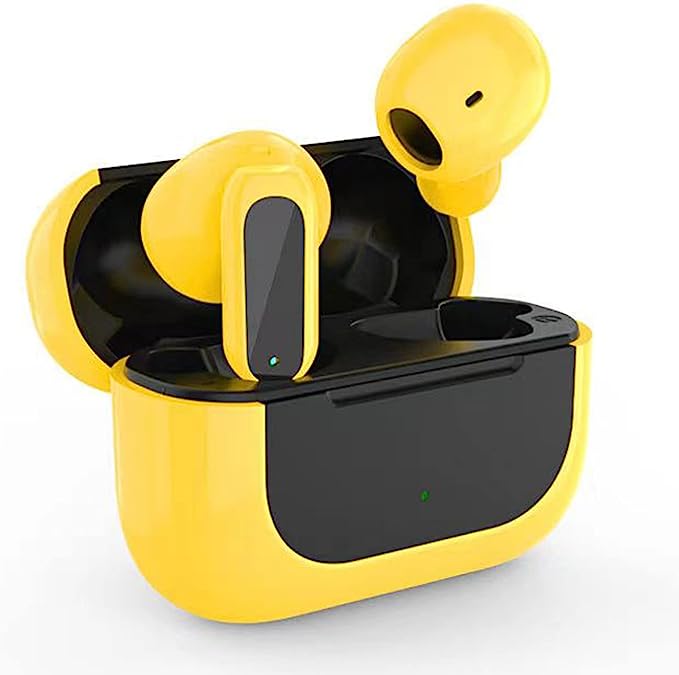Shure SRH940 Headphones - Superior Sound for Audio Professionals
Update on June 27, 2025, 1:25 p.m.
It’s 2 A.M. The only lights in the studio are the soft glow of the monitor and the constellation of LEDs on the mixing console. For hours, I’ve been wrestling with a ghost. A kick drum and a bass line in a track I’m mixing are locked in a muddy, indistinct embrace. On my beloved, bass-heavy consumer headphones, it sounds powerful, like a warm, unified punch. But I know it’s a lie. I’ve heard it in my car, where it turned into a flabby, incoherent rumble. I’ve heard it on a laptop, where the bass vanished entirely. The ghost is the gap between what I want to hear and what’s actually there.
This is the foundational dilemma for anyone who creates audio. We don’t need tools that flatter us with a beautiful lie. We need tools that tell us the cold, hard, unvarnished truth. We don’t need a butter knife to spread sound around; we need a scalpel to dissect it. This is the world of professional reference headphones, and the Shure SRH940 is a fascinating case study in the philosophy of the audio scalpel.

The Honest Mirror in a World of Funhouse Reflections
To understand a headphone like the SRH940, you must first abandon the notion of “good sound.” Instead, think of “accurate sound.” Imagine a painter working under a moody, blue light. Their portrait would look ghastly in the neutral light of day. A professional requires a perfectly calibrated, color-neutral light source. In acoustics, this is called a flat frequency response.
It means the headphones are engineered to reproduce every frequency, from the deepest subterranean bass to the most ethereal high-frequency shimmer, at precisely the level it was recorded. They don’t add their own “personality.” This is profoundly important, but also counter-intuitive to how our own hearing works. Our ears, as described by the century-old science of Equal-Loudness Contours (or Fletcher-Munson curves), are naturally more sensitive to midrange frequencies. To us, a truly flat signal can sound a bit thin or “mid-forward.”
So why is this ruthless, almost “anti-human” objectivity necessary? Because a mix created on a flat, honest system is the only kind that can be trusted to “translate” properly to all the biased, colored, and wildly different audio systems in the real world. You are creating a master key that can unlock the song on any device. This is why a user might get the SRH940s and, like one verified buyer, note they “fall a little short in the bass area.” This isn’t a flaw; it’s the scalpel’s edge. It’s not less bass; it’s accurate bass, stripped of the resonant mud that obscures the truth. It’s the sound of the ghost being exorcised.

Freezing a Moment in Time: The Power of a Sharp Eye
Sound exists in two dimensions: its frequency (pitch) and its amplitude over time. A flat response gives you an honest picture of the pitches. But to truly see the ghost in my mix, I needed to see its shape in time. This is where transient response comes in.
A transient is the initial, lightning-fast attack of a sound—the crack of a snare, the click of a pick on a string, the “thwack” of a kick drum beater hitting the skin. It’s over in milliseconds. A headphone with poor transient response is like a camera with a slow shutter speed; it blurs these moments into an indistinct smear. This was my problem: the kick’s sharp “thwack” was bleeding into the bass guitar’s slower “bloom,” creating that muddy mess.
A superior transient response, a key feature of the SRH940, is a direct result of physics. The driver’s diaphragm (the part that moves to create sound) must have incredibly low mass, allowing it to overcome inertia and start moving almost instantly, as per Newton’s First Law. Just as importantly, it must be properly “damped,” meaning it stops the very instant the signal does, without extra wiggles or ringing. It’s a high-speed camera for your ears, freezing each sonic event in perfect focus. This is how you separate the kick from the bass. It’s how you hear not just the note, but the intent behind the note.

The Sterile Field and the Price of Focus
Every surgeon needs a sterile, isolated field to work. In the studio, this is the role of the SRH940’s closed-back, circumaural design. By sealing around the ears, it provides passive noise cancellation, blocking out the hum of computer fans, the city outside, or the insecure tapping of your own foot. It creates a controlled environment where the only sound is the one you are meticulously crafting.
But every design choice in engineering comes with a trade-off. The very isolation that makes closed-back headphones a precise surgical tool can sometimes result in a more intimate, “in-head” soundstage compared to open-back designs, which leak sound freely and often feel more spacious and natural. The scalpel is designed for close-up, microscopic work, not for admiring a panoramic landscape. You choose the tool for the job. For the critical task of finding and fixing flaws, focus trumps panorama.
The Anatomy of the Scalpel: A Study in Purposeful Compromise
A Formula 1 car is a marvel of engineering, but you wouldn’t praise its long-term durability. Every component is designed for one thing: performance. This philosophy helps explain some of the user feedback on the SRH940. While praised by professionals like Keith Porter, who said, “I can hear all the elements in a song,” others have voiced concerns about the feel of the plastic hinges, questioning if they will last.
This isn’t necessarily a sign of poor quality, but of a deliberate allocation of resources. In a headphone at this price point ($197.99), every dollar must be justified. Shure appears to have poured its engineering budget into the “engine”—the acoustic components responsible for that pristine, accurate sound. The chassis, while perfectly functional, is built to serve that purpose, not to feel like a luxury good.
This is where the rest of the package reveals its professional DNA. The inclusion of both coiled and straight detachable cables, a spare set of velour ear pads, and a hard travel case speaks volumes. This isn’t a sealed, disposable consumer gadget. It’s a serviceable tool. When a cable frays after years of studio use, you replace it. When the ear pads compress and affect the sound seal, you swap them. This modularity is the hallmark of a professional tool designed for a long and demanding life.

The Incision
Back in my chair, 2 A.M. has become 3 A.M. I put on the SRH940s. The warm, comfortable lie is gone. In its place is a stark, detailed reality. I can now see the problem. The kick drum has a lingering resonance around 120Hz that is colliding with the fundamental note of the bass. The bass itself is a little too compressed, its attack softened into the kick’s decay.
With the scalpel in hand, the surgery is swift and precise. A narrow dip in the equalizer for the kick. A slight adjustment to the compressor’s attack time on the bass. I lean back and listen. It’s not “boomy” anymore. It’s defined. The kick has its punch, the bass has its groove. They are now two distinct athletes running in perfect sync, not two people tangled up on the floor. The feeling isn’t just relief; it’s a quiet, profound joy. The joy of control. The joy of creation.
That is the ultimate purpose of a reference headphone. It’s not there to entertain you. It’s there to empower you. The Shure SRH940 is a tool that allows you to stop just hearing your music and start truly seeing it—to perceive its structure, its flaws, its potential, and to shape it with the confidence that comes only from knowing the truth.

